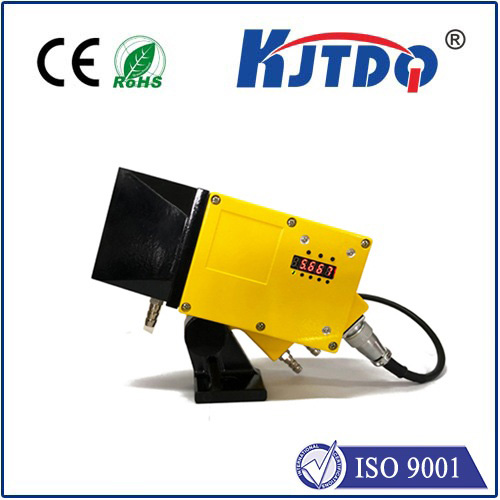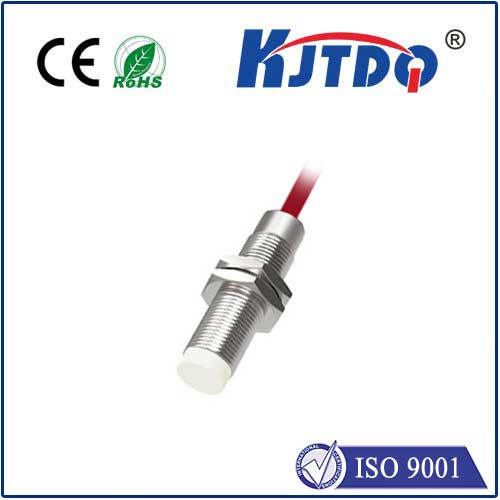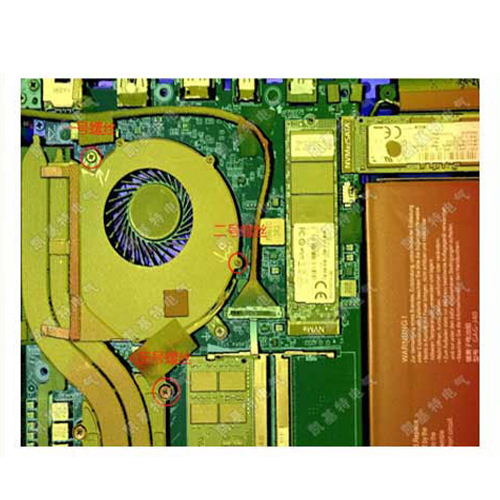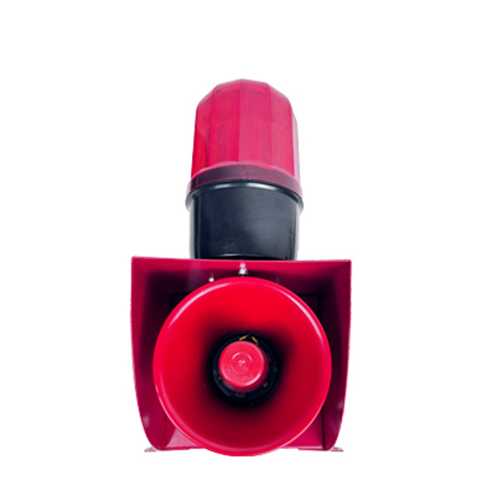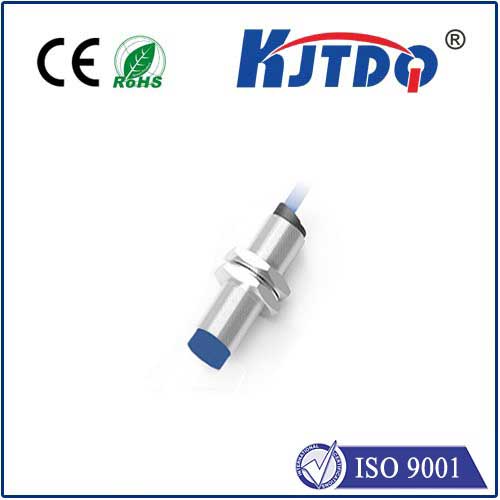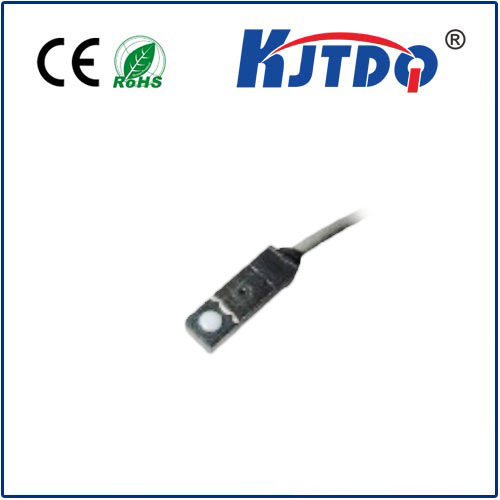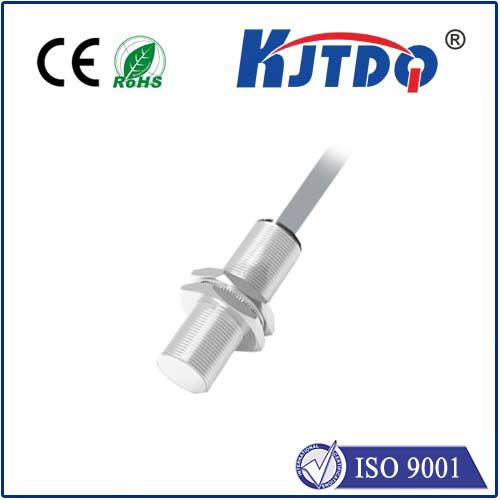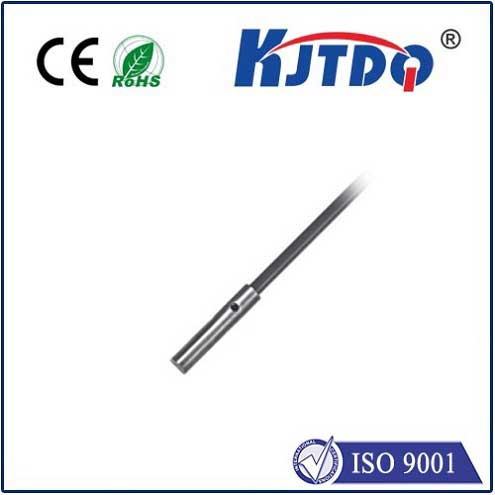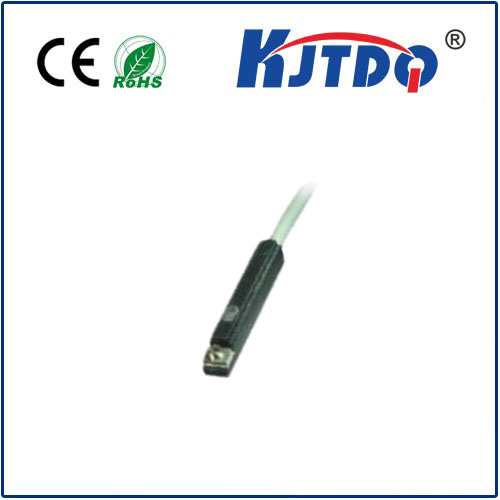
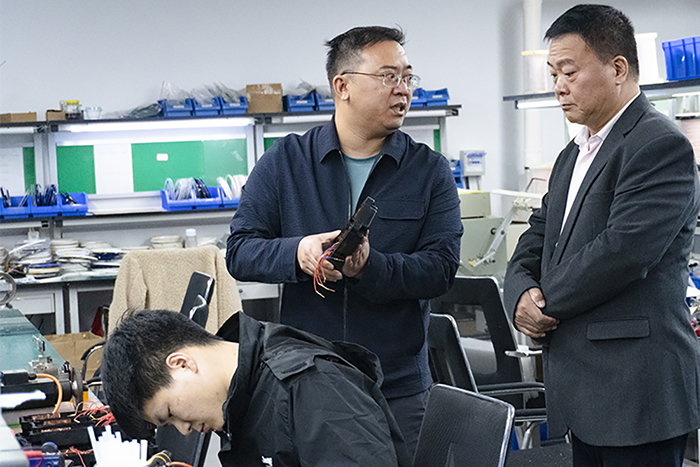
check
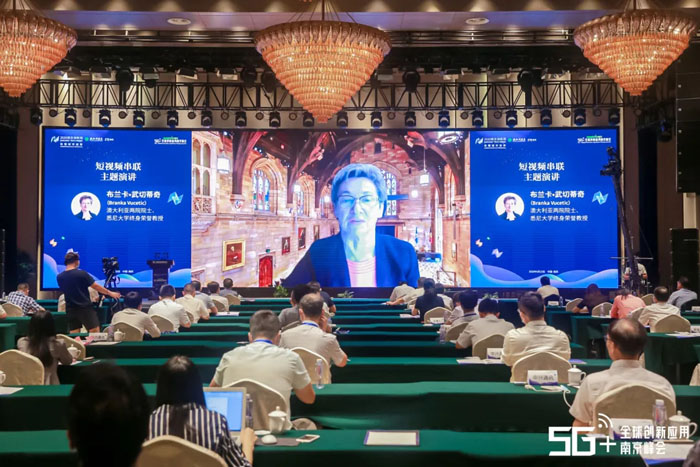
check

check
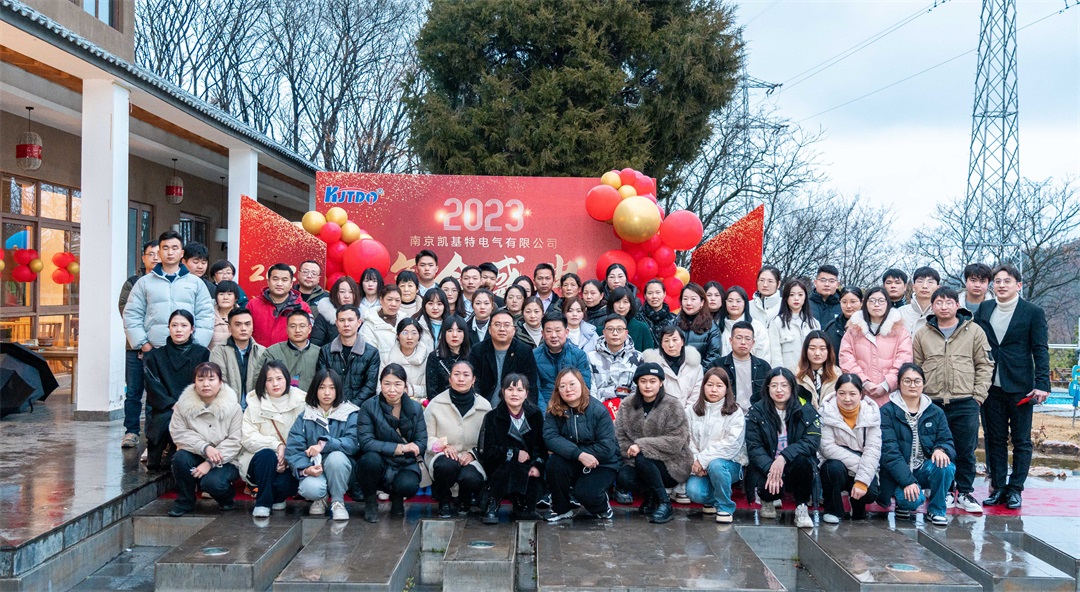
check

check

check

check

check

check

check
Laser Focus Sensors: Revolutionizing Precision in Modern Automation In an era where manufacturing tolerances are measured in microns and robotic arms replicate human dexterity, the demand for unwavering precision has never been higher. Enter laser focus sensors—a breakthrough technology quietly transforming industries from semiconductor fabrication to biomedical engineering. These devices don’t just measure distance or detect objects; they redefine what’s possible in automated systems by delivering sub-micron accuracy at lightning speeds.
At their core, laser focus sensors operate on the principle of optical triangulation. A laser diode emits a concentrated beam onto a target surface, and the reflected light is captured by a high-resolution CMOS or CCD sensor. By analyzing the displacement of the reflected beam, the device calculates the distance to the target with extraordinary precision. Unlike traditional contact-based measurement tools, laser sensors eliminate physical wear and tear, making them ideal for high-speed, non-destructive testing. What sets modern laser focus sensors apart is their ability to adapt to diverse surfaces. Whether measuring glossy metals, translucent films, or uneven textures, advanced algorithms compensate for ambient light interference and surface variability. For instance, in 3C electronics manufacturing (computers, communication, consumer electronics), these sensors ensure smartphone screens are flawlessly aligned, while in automotive assembly lines, they verify the exact placement of safety-critical components like airbags.
Semiconductor Manufacturing The semiconductor industry relies on laser focus sensors to achieve nanoscale accuracy during wafer inspection and lithography. As chip features shrink below 7nm, even a slight deviation in focus can render a billion-dollar production batch useless. Laser sensors provide real-time feedback to adjust machinery, ensuring each layer of circuitry is perfectly etched.
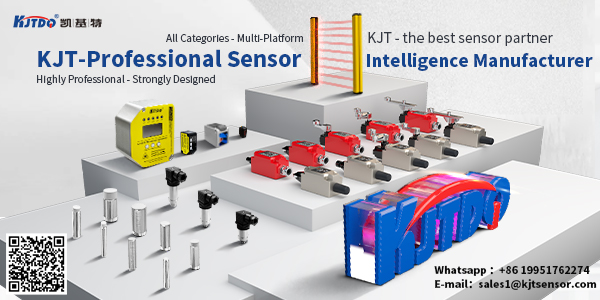
Medical Device Production In the medical field, precision isn’t just about efficiency—it’s a matter of life and death. Laser focus sensors are integral to manufacturing devices like pacemakers and surgical robots. For example, when producing microfluidic chips for lab-on-a-diagnostic systems, these sensors guarantee that channels as thin as a human hair are fabricated without defects.
Additive Manufacturing (3D Printing) 3D printing’s potential is limited without reliable quality control. Laser sensors scan each printed layer, detecting anomalies like warping or incomplete fusion. This closed-loop feedback system allows printers to self-correct mid-process, reducing material waste and improving part reliability—a game-changer for aerospace components requiring zero margin for error.
Speed: Capable of taking thousands of measurements per second, laser sensors keep pace with high-throughput production lines.
Versatility: They work in extreme environments—from sterile cleanrooms to oily automotive plants—without calibration drift.
Non-Contact Operation: Delicate materials like graphene or biological samples remain undisturbed during inspection. A notable case study involves a leading electric vehicle manufacturer. By integrating laser focus sensors into their battery module assembly, they reduced misalignment defects by 92%, accelerating production while maintaining rigorous safety standards.
Emerging trends point toward miniaturization and AI integration. Next-gen sensors, some smaller than a coin, are being embedded directly into robotic grippers and drones for real-time spatial mapping. Meanwhile, machine learning algorithms analyze sensor data to predict equipment failures before they occur—ushering in an era of predictive maintenance. In the realm of consumer electronics, smartphone manufacturers are experimenting with laser focus sensors for enhanced autofocus in cameras. Imagine a phone that locks onto a subject’s eyelashes in milliseconds, even in low light—a feat made possible by adapting industrial-grade sensor tech.
While laser focus sensors offer unparalleled benefits, they aren’t immune to limitations. Highly transparent or specular surfaces can scatter laser beams, requiring supplementary calibration. Additionally, industries must weigh the upfront cost against long-term gains in yield and efficiency. However, as sensor prices drop and software improves, adoption is accelerating across small and medium enterprises. From ensuring the flawless finish of a luxury car’s paint job to enabling the next leap in minimally invasive surgery, laser focus sensors are the unsung heroes of precision engineering. As industries push the boundaries of what’s possible, these devices will remain at the forefront, turning microscopic adjustments into macroscopic advancements.
